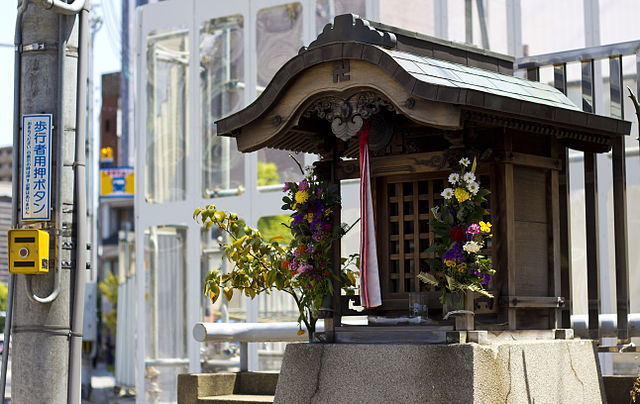Top Qs
Timeline
Chat
Perspective
Hokora
Miniature Shinto shrine From Wikipedia, the free encyclopedia
Remove ads
Hokora or hokura (祠 or 神庫) is a miniature Shinto shrine either found on the precincts of a larger shrine and dedicated to folk kami, or on a street side, enshrining kami not under the jurisdiction of any large shrine.[1] Dōsojin, minor kami protecting travelers from evil spirits, can for example be enshrined in a hokora.[1]


The term hokora, believed to have been one of the first Japanese words for Shinto shrine, evolved from hokura (神庫), literally meaning "kami repository", a fact that seems to indicate that the first shrines were huts built to house some yorishiro.[note 1][2]
Remove ads
See also
Notes
References
Wikiwand - on
Seamless Wikipedia browsing. On steroids.
Remove ads
